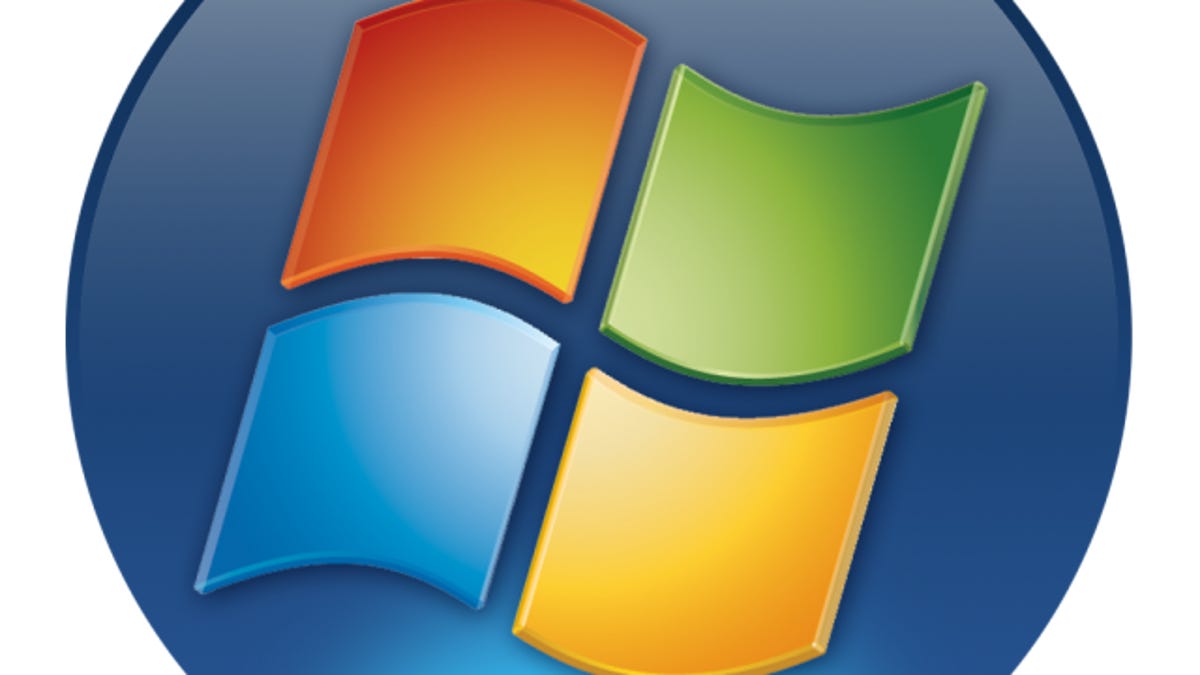Parallels Desktop 8 and VMWare Fusion 5 announced
With a new round of upgrades to the top virtualization packages for OS X, it's not clear yet which will be crowned king.

Both Parallels and VMware have announced the availability of the next versions of their popular virtualization software for running Windows and other operating systems within OS X. VMware Fusion 5 is available for download today, and the next version of Parallels Desktop will be released very soon on September 4.
Parallels Desktop and VMware Fusion are two of several available options for running guest operating systems within OS X so you can use applications and services supported for those operating systems along with your OS X applications without having to leave OS X and boot directly to them. This approach helps not only in integrating Windows applications and services, but also with testing programs in virtualized versions of OS X before you install them directly on your Mac.
Virtualization was made possible in OS X when Apple switched to using Intel-based chips and other PC hardware that was directly compatible with Windows. While Apple has offered its Boot Camp drivers and utilities for dual-booting OS X and Windows, often the speed benefits from running Windows directly on Apple's hardware without OS X loaded come secondary to simply using the services provided by the Windows OS. Using virtualization to run guest operating systems alongside OS X benefits users by augmenting the Mac experience rather than replacing it.
There are three main virtualization packages available for OS X. The first is the free VirtualBox software developed by Oracle, which will suffice to run a guest OS but is lacking a number of integration and support features; it is more of a hobby of Oracle's than a full, supported product. Still, if you're interested in tinkering with virtualization and don't wish to spend any money, then VirtualBox is the way to go.
The second and third options are Parallels Desktop and VMware Fusion, which are both rich in features due to their history of competition. Each package has its approach to running Windows and other operating systems, and integrating their features into OS X such as offering full-screen support for Mountain Lion, drag-and-drop copying between the guest and host operating systems, and sharing of network configurations and attached devices. Given the progressive reliance of operating systems on graphics cards, both Parallels and VMware have also made strides in 3D graphics acceleration support for their guest operating systems.
To support their features, the virtualization packages sometimes include a special driver set for guest operating systems that better integrates them with the host operating system (Mac OS X), which allows for things like dynamic resolution changes when you resize the virtual machine window, drag-and-drop file sharing between the two environments, and other features.
Parallels Desktop or VMware Fusion will work fine for most people's virtualization needs, but in some situations and testing environments Parallels Desktop has the edge in some performance benchmarks and implementation in its OS integration. In others, though, VMware Fusion has its own performance advantages, so the true benefits of each depend on the customers' needs. With version 8 of Parallels Desktop just around the corner, Parallels aims to further blend Windows features into OS X. Parallels has not yet offered any details on the new and improved features, but these should be available soon.
Not to be outdone, VMware has been keeping up its development with VMware Fusion. According to its upgrade page, VMware Fusion 5 includes a number of improvements over Parallels Desktop 7, including lower prices and more technical support and documentation, as well as faster performance, for example with 3D graphics. VMware also claims more than 200 supported guest operating systems but it's not clear if this means that these guest operating systems can be made to run or if VMware has developed its full integration tool set for them.
Overall, with these latest upgrades both packages appear to offer more optimized integration into OS X (especially Mountain Lion) and support for Windows 8 along with improving I/O performance, 2D and 3D rendering in Windows and other operating systems, managing power consumption to prolong battery life, and speed up boot and resume times.
Current customers of these software packages can purchase the upgrade for them; if you purchased either package on or after July 25, you should be eligible for a complementary upgrade. Free trials of each package are also available on their respective Web sites.
The new versions of both Parallels Desktop and VMware Fusion offer users a slew of new performance and integration features, allowing them to better run Windows and other operating systems within their Macs. While Parallels has had a slight edge over VMware in the past, with new versions of each package, who knows how things will shake out?
Questions? Comments? Have a fix? Post them below or
e-mail us!
Be sure to check us out on Twitter and the CNET Mac forums.

